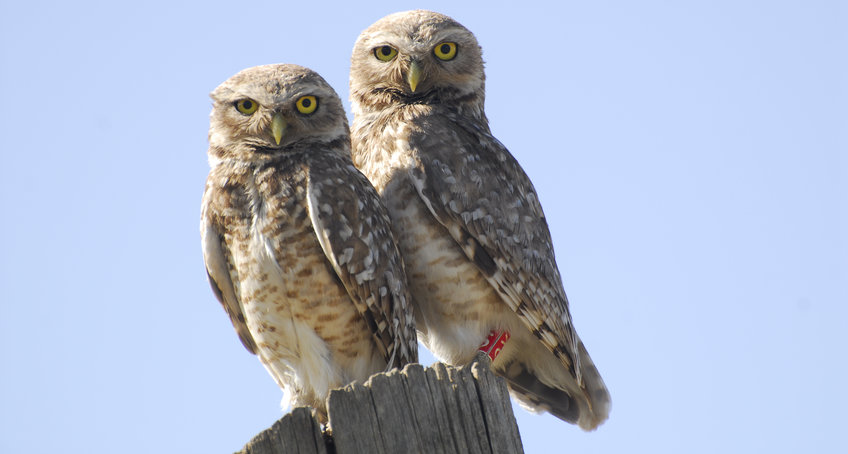
Genetic variation
Dr. Jakob C. Mueller
In birds, little is known about genetic correlates of behavioural variation and its maintenance in nature. A first step is to identify functional relationships between genotypes or chromosomal regions and behavioural traits in natural bird populations. We ask where naturally occurring gene variants exist, and whether they are linked to the observed trait variation. We are interested in the genetic basis of behaviours such as specific personality traits, sex-specific behaviour, sleep and other rhythmic behaviour, dispersal, migration and characteristics related to habitat selection. Adaptive processes are analysed at the ecological and evolutionary time-scales by looking at direct fitness correlations in long-term data sets and by searching for genomic signatures of selection in study systems that underwent recent adaptation to a novel environment. The study of genomic conflicts based on sexual antagonism or inbreeding/outbreeding phenomena is a particular focus of our interests. We combine modern approaches of genomic and transcriptomic sequencing with new bioinformatic techniques for trait mapping, population genomics and tests for selection signals.



